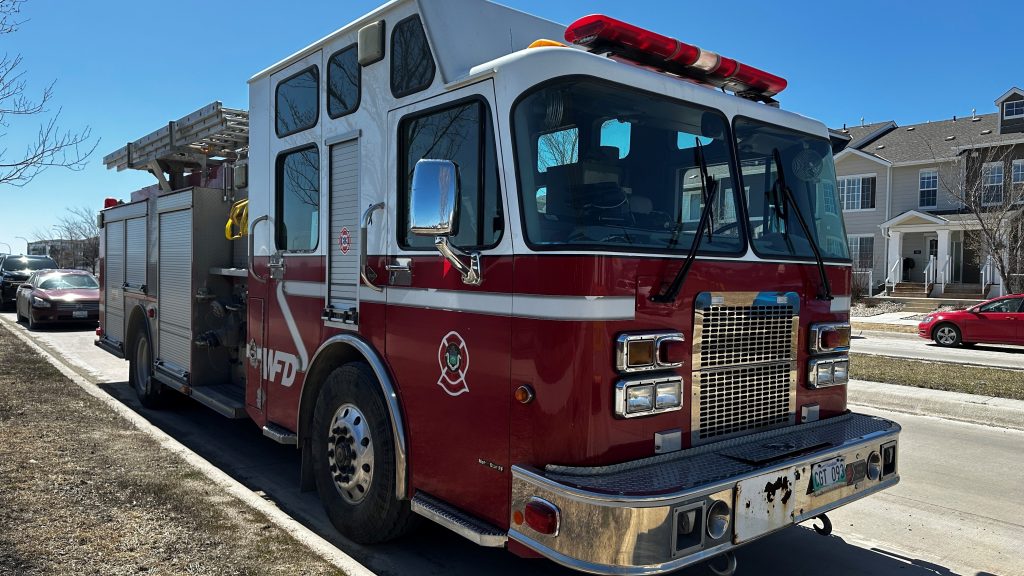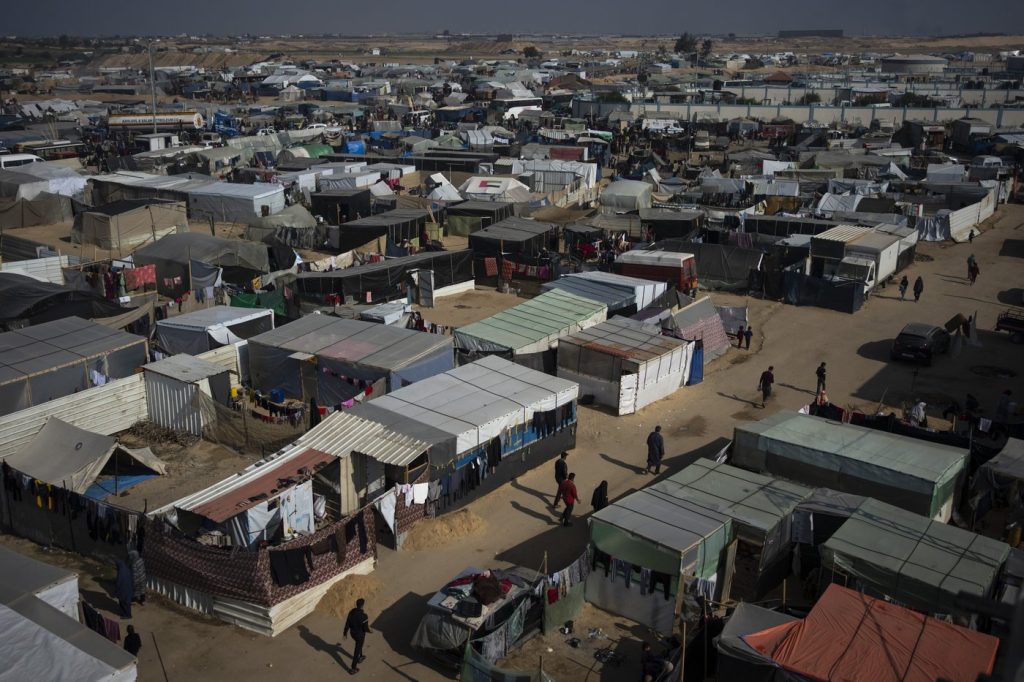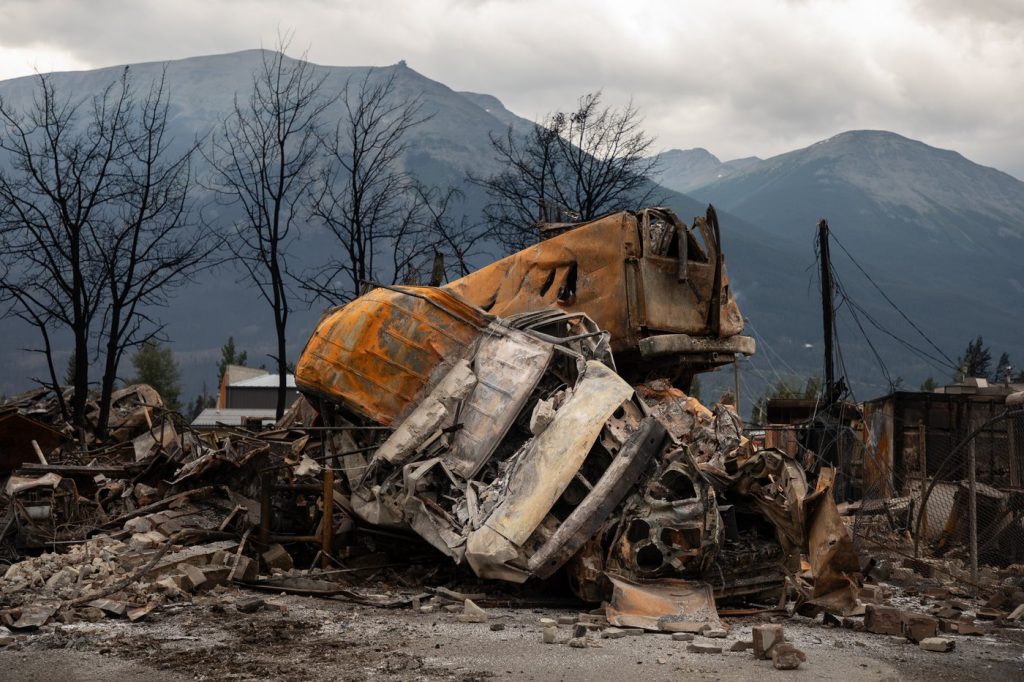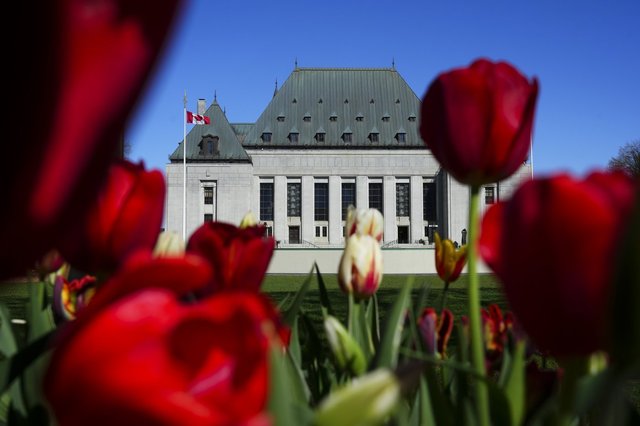Winnipeg groups helping newcomers want more funding, cooperation as Canada’s immigrant population rises
Posted October 29, 2022 5:25 pm.
Last Updated October 30, 2022 11:37 am.
A centre in Winnipeg offering services to newcomers is hoping to see funding and capacity levels for programs increased as demand rises.
New data from Statistics Canada show 23 per cent of the country’s population are immigrants, breaking the previous record of 22.3 per cent in 1921.
And if trends continue – based on recent projections – the immigrant population in Canada could rise to 34 per cent by 2041.
Sedat Cavdar, the director of newcomers at the YMCA in Winnipeg, says some of the centre’s programs are seeing more enrollments and participation than anticipated.
“Our Newcomer Youth Wellness Program, in our proposal we aimed to serve around 100 students,” said Cavdar. “We still have four months to go, but we have already passed the number of 100. From the ESL program again, we have a waitlist and there are more than 60 clients there.”
Cavdar says with the immigrant population potentially on a record-breaking rise, newcomer programs need more financial support.
READ MORE: Immigrants make up nearly a quarter of Canadian population in 2021
Reuben Garang, the executive director of Immigration Partnership Winnipeg, says it’s part of Canada’s core values to open its doors to people from different parts of the world, and the goal is always to create a city where newcomers can access their needs and integrate easily into society.
“It’s always a good thing to see those numbers coming up,” he said.
Garang says immigrants require a lot to get settled, but that community response is usually positive.
“Say for example the Ukrainians’ arrival here,” he said. “Communities have come together to provide support, collective support to people that are new in the country.”
Garang says to better serve the growing population of newcomers, there has to be a collaborative effort.
“A society that works together can overcome any challenges,” said Garang. “So we have to work hand in hand as a community, or as a city, or as a province. We have to work together, that’s very important.”
He adds it’s important to elevate the work being done by ethno-cultural communities.
“We are a multicultural society, so we have to live that reality by being inclusive, by being intentional when we are allocating resources, or when we are creating policies or designing programs,” said Garang.








